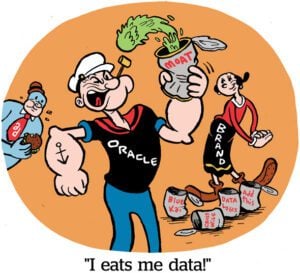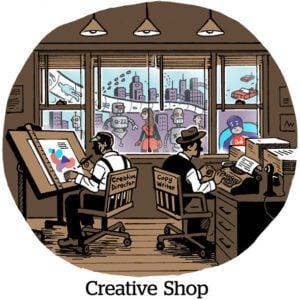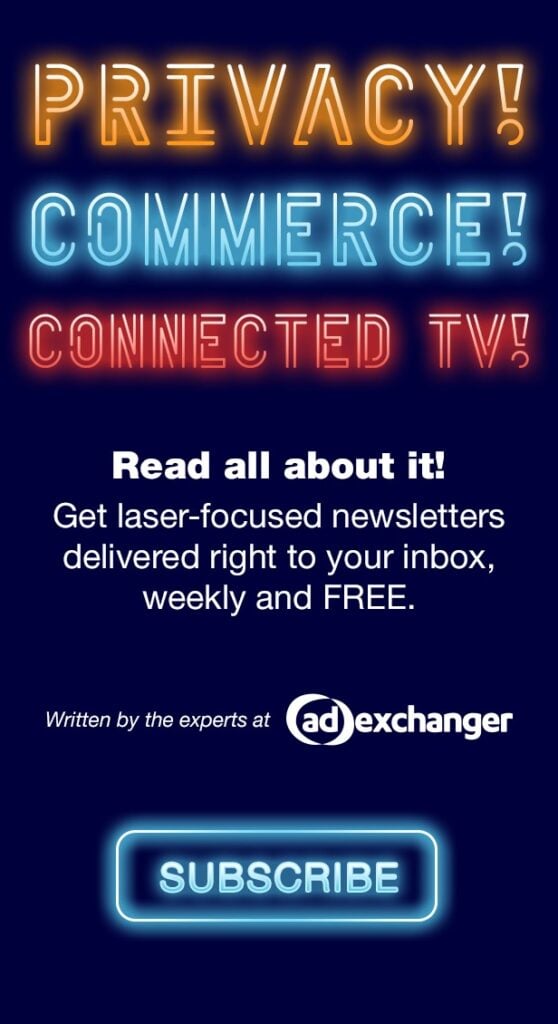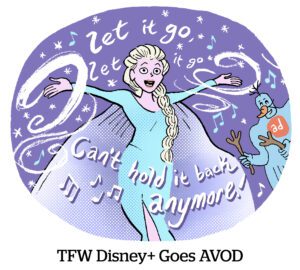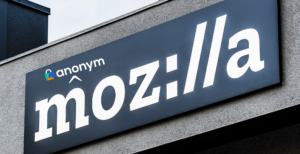Here’s today’s AdExchanger.com news round-up… Want it by email? Sign up here.
To The Max
On Tuesday, Warner Bros. Discovery (WBD) officially launched Max, its new streaming service that combines HBO Max and Discovery+ content. But the launch had some technical difficulties.
Subscribers complained on social media about the app crashing, streams freezing and difficulties logging in.
Max is technically a relaunch of the HBO Max app. The Discovery+ app is unaffected as a standalone service, although its content is also available on Max.
But a relaunch is no cakewalk. A user’s HBO Max login, viewing history and billing information must all be transferred seamlessly for the new Max app to work properly – and, alas, that’s not what happened.
“To its credit, the Max app is much faster as it crashes more quickly,” tweets news anchor Marc Istook.
WBD defended itself by pointing out that major app launches are bound to have some kinks, and that the company addressed them promptly.
“Only minor [issues] emerged and were quickly remedied,” a WBD spokesperson told Variety. “You must always anticipate issues on a tech rollout of this scale.”
To be fair, Max isn’t the only streaming platform to make headlines for technical fails. (Hi there, Netflix.)
Oh Boycott
Most marketers are making lots of noise about appealing to young and socially conscious audiences by taking strong stands on cultural issues and prioritizing inclusivity in their messaging.
But other brands are considering running away from inclusivity altogether in response to backlash from conservative customers, ad agency sources tell Digiday.
After seeing the repercussions from Bud Light’s partnership with trans influencer Dylan Mulvaney, Miller Lite’s satirical Women’s History Month spot with actress Ilana Glazer and the release of a one-piece Adidas gender-neutral “Pride Swimsuit,” some advertisers are rethinking their inclusive brand messaging to avoid a potential boycott.
With Pride Month approaching, brands that previously assumed a pro-LGBTQ+ stance will face a tricky balancing act. “There’s risk in not showing up and there’s the danger of walking into a buzz saw,” says Michael Boychuk, co-founder and CCO of independent agency Little Hands of Stone.
Once the 2024 election is underway, advertising will likely continue to be a battlefront in America’s ongoing culture wars.
Caught On Cable
Content bundling is hot right now.
Programming distributors are using bundling to keep pay TV subscribers around by pitching them a low-cost alternative to traditional cable TV packages.
Comcast rolled out a new bundle this week called Now TV that has over 40 cable networks, including Discovery and AMC, and 20 Comcast-owned streaming channels, among them Xumo, NBC News and the ad-supported tier of Peacock. The bundle is available to Comcast Xfinity customers for $20 per month, The Information reports.
Comcast is under pressure to curb subscriber churn because broadband customers keep dropping off in favor of lower-cost streaming options like Peacock.
If Comcast can use Peacock to incentivize TV viewers to keep their cable subscriptions, it can reduce churn and sell a more scalable audience to advertisers.
Unlike linear, the Comcast bundle’s streaming offering includes only Comcast-owned inventory to make sure it stands out. Streaming competition is fierce.
And so Comcast is leaning heavily on Peacock as its anchor in the streaming world – which might also explain why Comcast will likely sell its stake in Hulu to Disney (if the two can come to an agreement).
But Wait, There’s More!
TikTok (not just its creator base) is suing Montana for banning the platform. [Bloomberg]
Meta will sell Giphy to Shutterstock at a bargain of $53 million after its acquisition was blocked by the UK. [The Verge]
Live sports is on the verge of breaking away from cable – but streaming subscriptions will cost fans dearly. [NYMag]
BuzzFeed’s Tasty unveils “Botatouille,” an AI chatbot for recipe recommendations. [NY Times]




